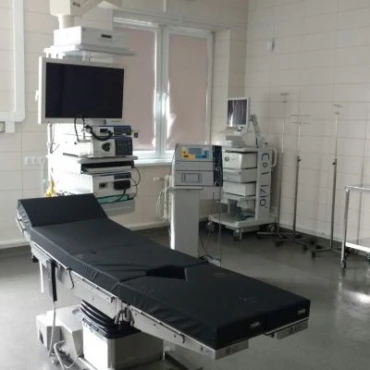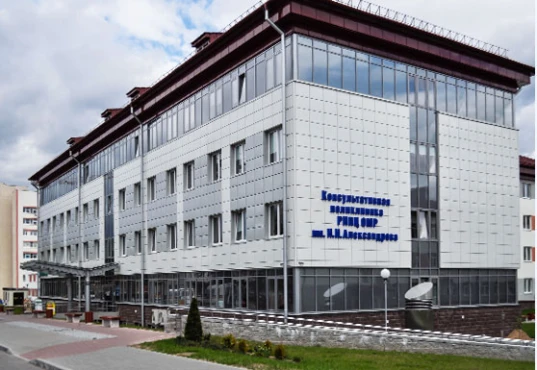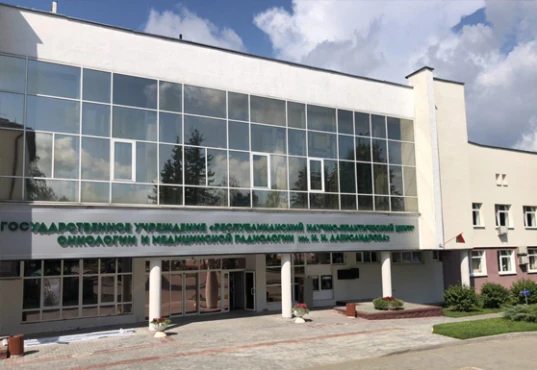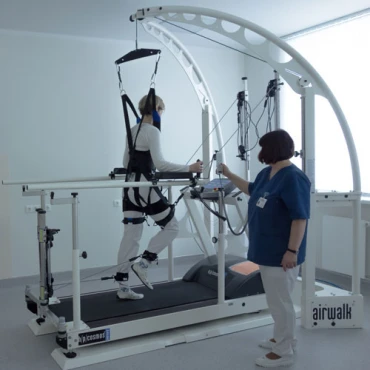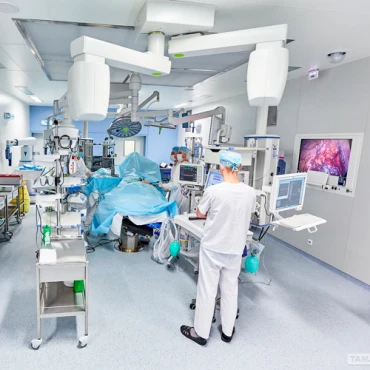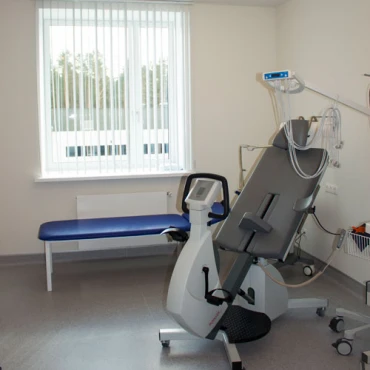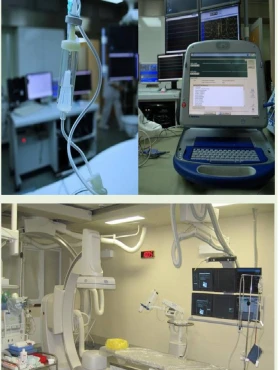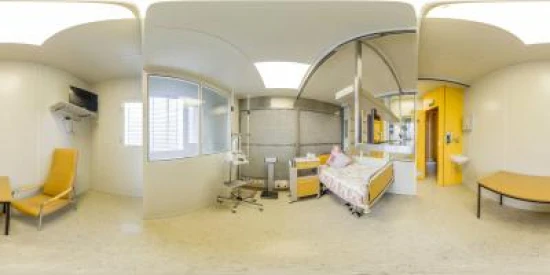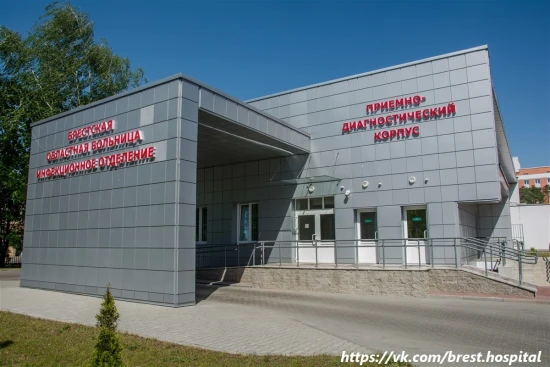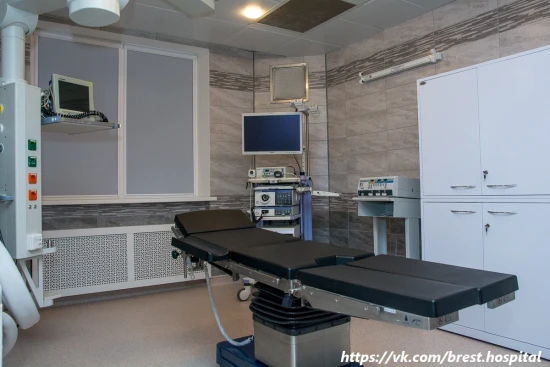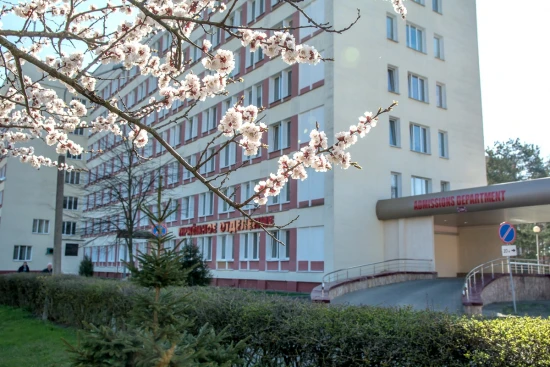Thymectomy in 1 Thoracic surgery clinic in Lyasny
1 clinic specializing in Thoracic surgery providing
Thymectomy
Thymectomy is a surgical procedure involving the removal of the thymus gland. It is performed to treat conditions such as thymoma, myasthenia gravis, or other autoimmune disorders associated with the thymus.
Read more...
procedure in Lyasny.
Besides this clinic there are 2 Thoracic surgery clinics in Belarus.
Such diseases are treated by N.N. Alexandrov National Cancer Centre of Belarus: Achalasia, Benign lung tumor, Bronchopleural fistula (BPF), Myasthenia gravis, Thymoma, and others.
Sorted by:
Relevance
Rating
Cost of procedures
Relevance
Prices for selected procedures, total:
≈ $2,428
Prices for popular procedures:

Lyasny, Belarus
Specializations: Cardiac surgery, Vascular surgery, Thoracic surgery, Neurosurgery, Spine surgery, Orthopedic surgery, Oncology
N. N. ALEXANDROV NATIONAL CANCER CENTRE OF BELARUS Takes the first place among the leading Belarusian medical centres.The state institution “N. N. Alexandrov National Cancer
read more
3 nearby similar clinics in Belarus
Perhaps you should consider 3 more clinics we have found nearby basing on your Location, Procedure filters applied.
Prices for selected procedures, total:
≈ $2,428
Prices for popular procedures:
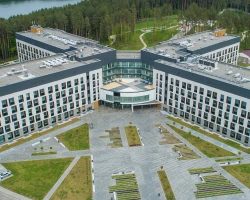
Zhdanovichy, Belarus
Specializations: Cardiac surgery, Vascular surgery, Thoracic surgery, Spine surgery, Orthopedic surgery, Oncology
The state institution "Republican Clinical Medical Center" of the Administration of the President of the Republic of Belarus is a multidisciplinary medical center equipped with
read more
Prices for popular procedures:
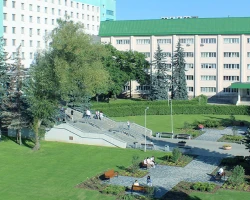
Minsk, Belarus
Specializations: Cardiac surgery, Vascular surgery, Thoracic surgery, Neurosurgery, Orthopedic surgery, Oncology
State Institution "Minsk Scientific and Practical Center for Surgery, Transplantology and Hematology" employs highly qualified specialists who are able to provide high-quality medical care in
read more
Prices for popular procedures:
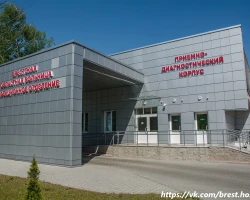
Brest, Belarus
Specializations: Cardiac surgery, Vascular surgery, Thoracic surgery, Neurosurgery, Spine surgery, Orthopedic surgery, Oncology
Languages: English, Russian
Kidney transplantation has been introduced at the health care institution "Brest Regional Clinical Hospital" . More than 1,500 cardiac surgeries are performed annually in
read more
Procedure price distribution in Lyasny
Thymectomy:
$2,428
This price found in Belarus, Lyasny
$2,428
This price found in Belarus, Lyasny
Minimum Average Maximum
Procedure prices in popular countries:
Thymectomy:
Turkey
$9.8 K - 9.8 K
in
22 clinics
China
$24.0 K - 24.0 K
in
5 clinics
Germany
$26.2 K - 26.2 K
in
31 clinics
Israel
$38.3 K - 38.3 K
in
13 clinics
United States
$46.8 K - 46.8 K
in
9 clinics
Countries with the highest number of clinics offering the procedures treatment:
Thymectomy:
worldwide
370 clinics
Germany
31 clinics
Turkey
22 clinics
India
19 clinics
Spain
16 clinics
South Korea
14 clinics

